From alpine lakes to Europe’s highest waterfalls
The tiny red and white trains of the narrow-gauge Pinzgaubahn make their way slowly through Austria’s Pinzgau Valley for 53 km. Villages and picturesque churches dot the landscape as you head towards one of the highlights at either end of the line – the Zeller See and the famous Krimml Waterfalls, the highest in central Europe.
“Nächster Halt bei Bedarf” – “Next stop on demand” – rings out every couple of minutes, reminding passengers that to get off at one of the 38 stations they must press a button to inform the driver. Many of the stations, some nothing more than a wooden cabin, are set against such idyllic backdrops that you just want to leap out and start your next adventure. I fight the urge to press the button at every stop. Slow travel has this powerful effect on you: it makes you want to visit every place, every sight, you see.
The Pinzgaubahn opened in 1898. Back then, the trains not only transported passengers but also timber and other agricultural products. Today, there is an hourly service between Zell am See and Krimml, with a 30-minute service on some parts of the track. The one-and-a-half-hour ride runs mostly along the scenic Salzach River, transporting commuters, students and of course tourists.
The latter often take the train to reach the starting point of hiking routes in the Pinzgau area, the Hohe Tauern National Park and the Kitzbühel Alps. In summer, cyclists take their bikes up in specially-attached bike carriages to get to the starting point of the Tauern Bike Path. On board, you can tell right away the laidback railway staff have a passion for their job. “We only travel on this one route, but it never gets old,” the conductor tells me with a grin.
If you’re waiting at a station, don’t forget to press the ‘Request’ button in the silver box on the platform. This informs the driver that they need to stop. You may just get lucky though, as happened to one gentleman I saw using a walking stick. Moments after our train set off, a conductor called out “Wollen Sie mitfahren?” – “Do you want to get on?” – to which the man nodded. The train then stopped and waited for him while the staff helped him on.
This relaxed pace of life and display of humanity – too hard to come by in our busy urban lives – is what slow travel is all about. No pressure, no time constraints, just a normal day on the Pinzgaubahn…
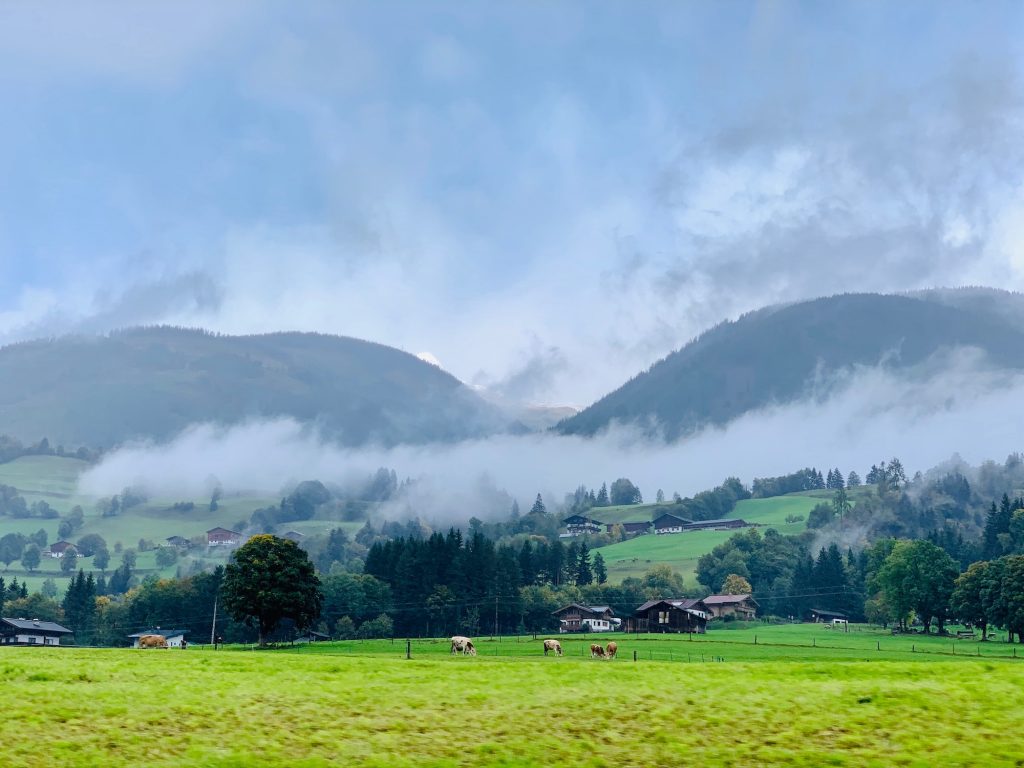
Highlights en-route:
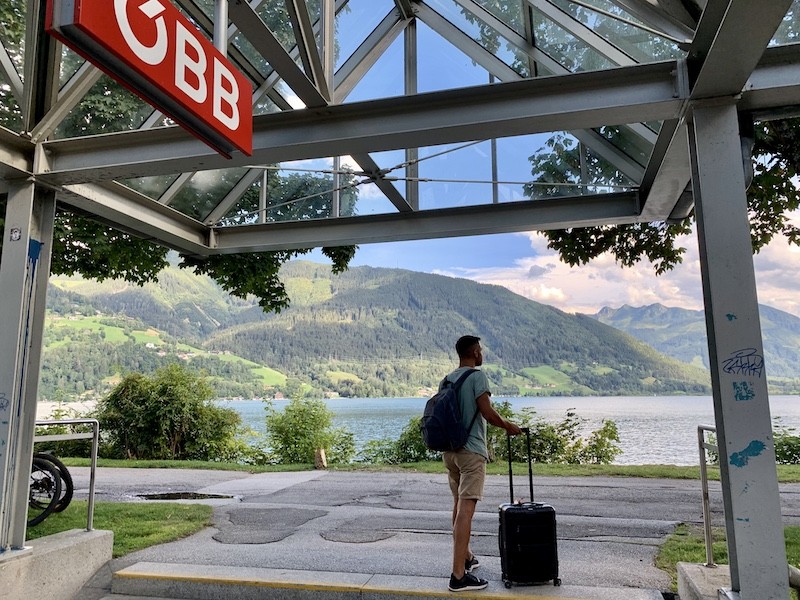
Ga mee railtrippen!


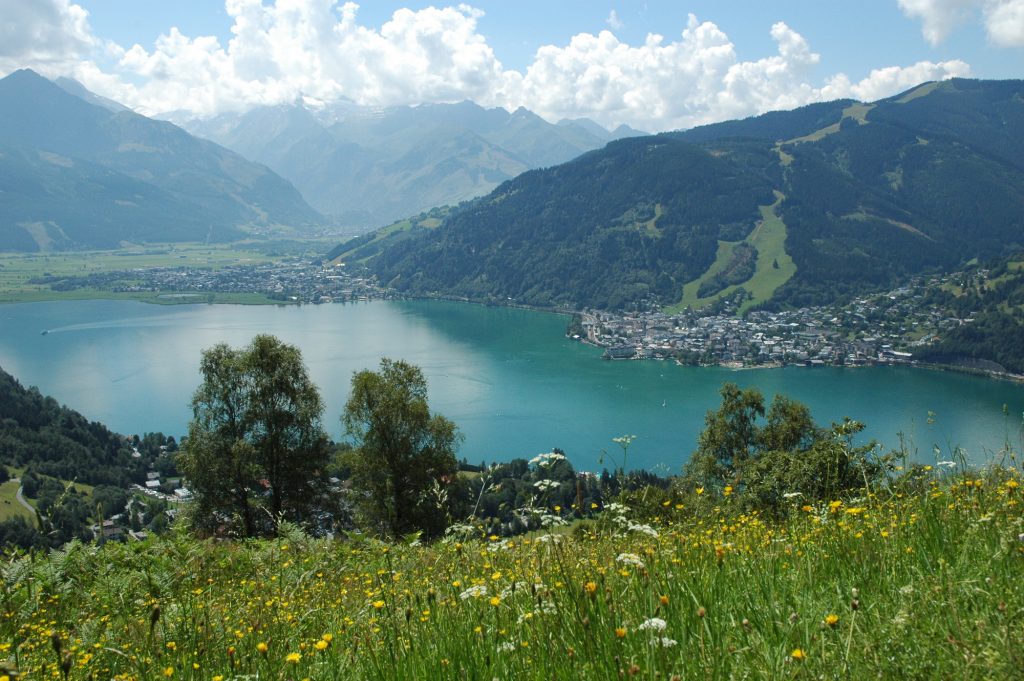
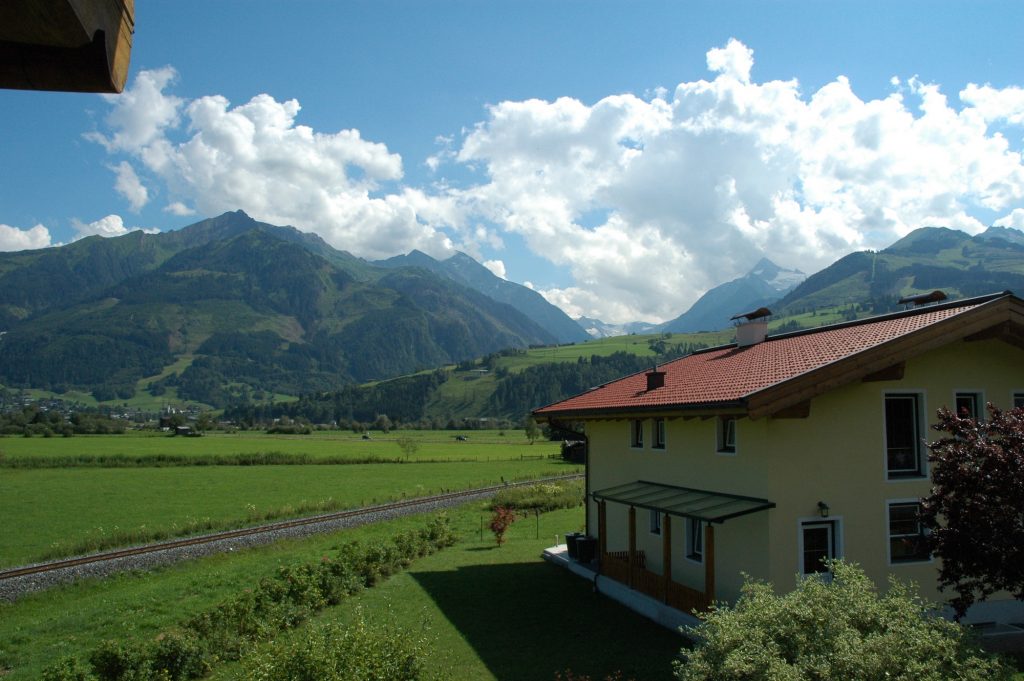

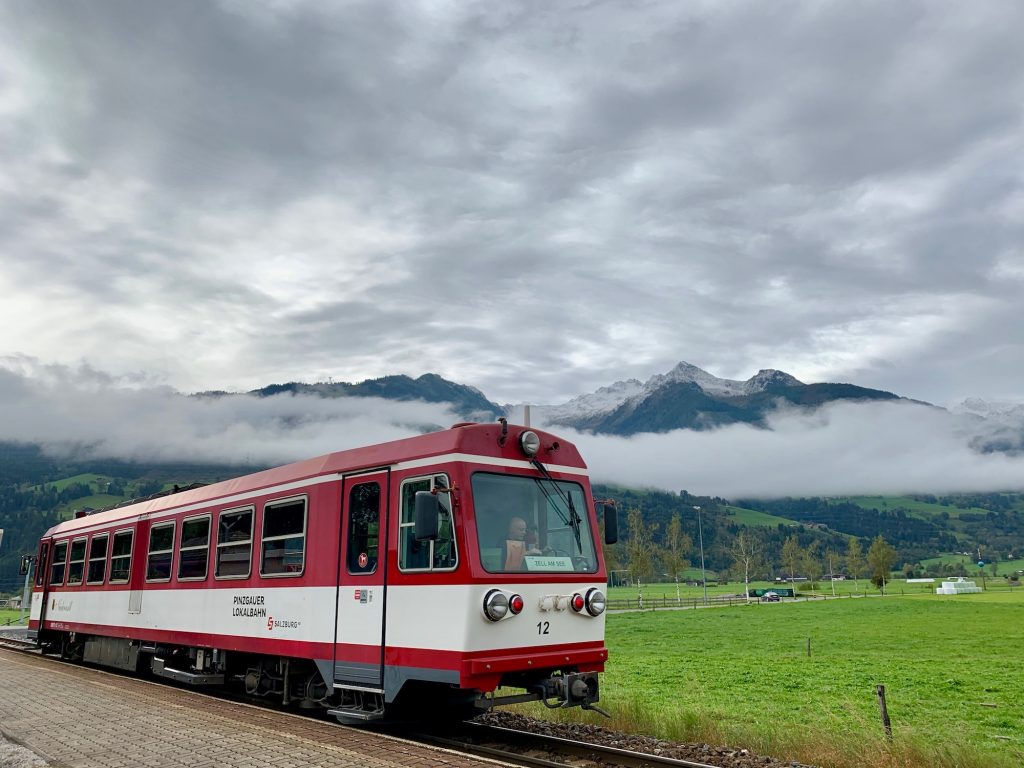
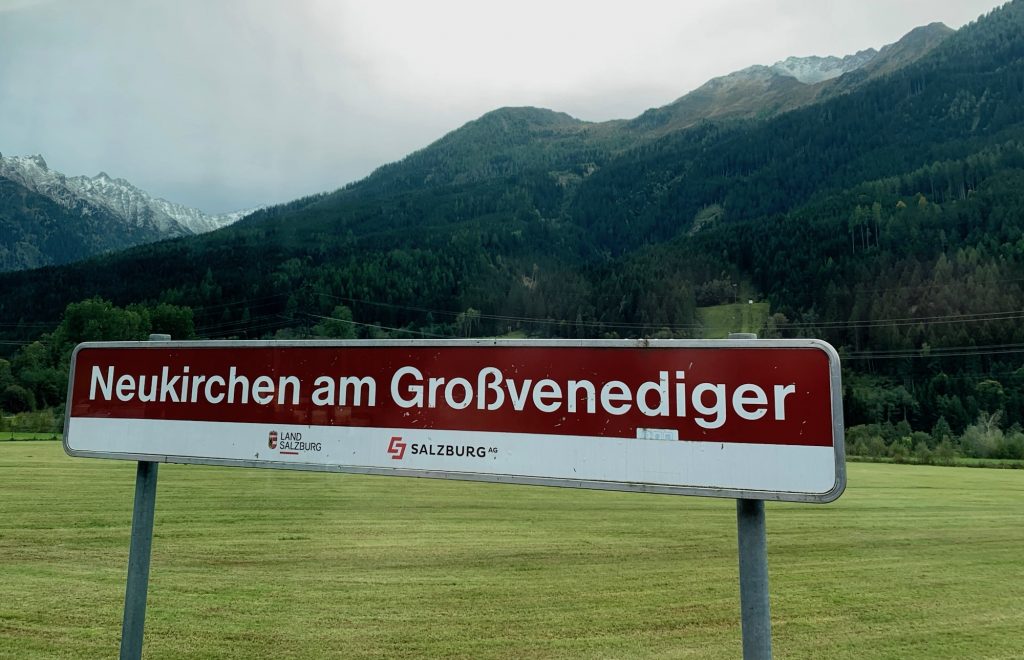
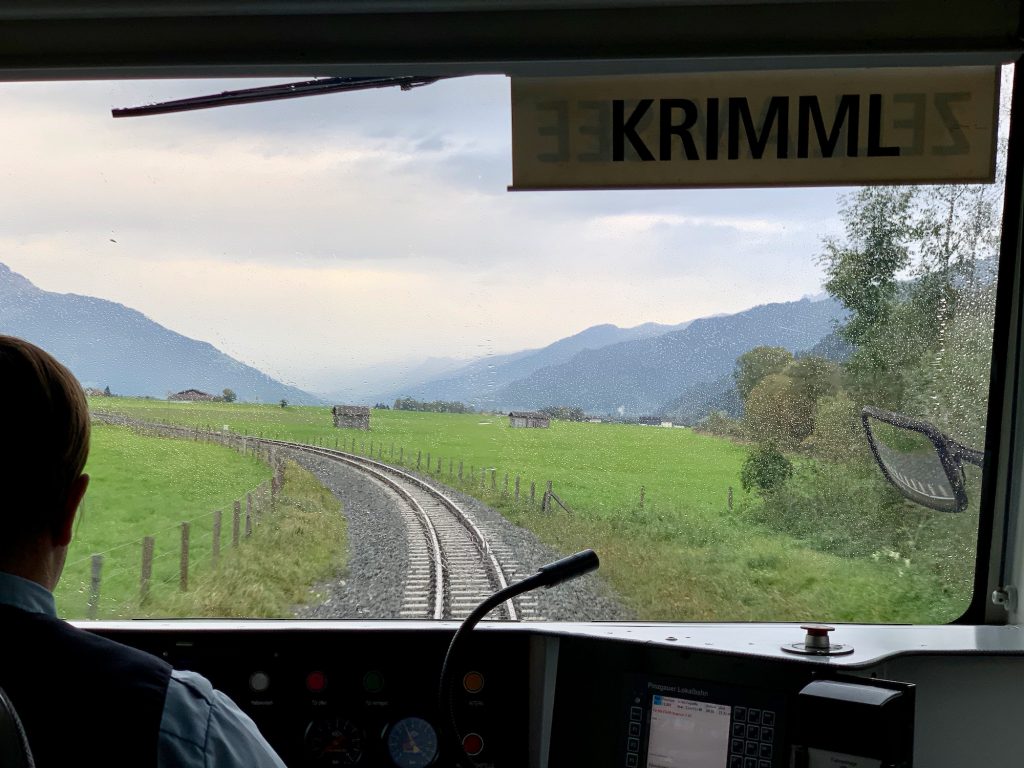

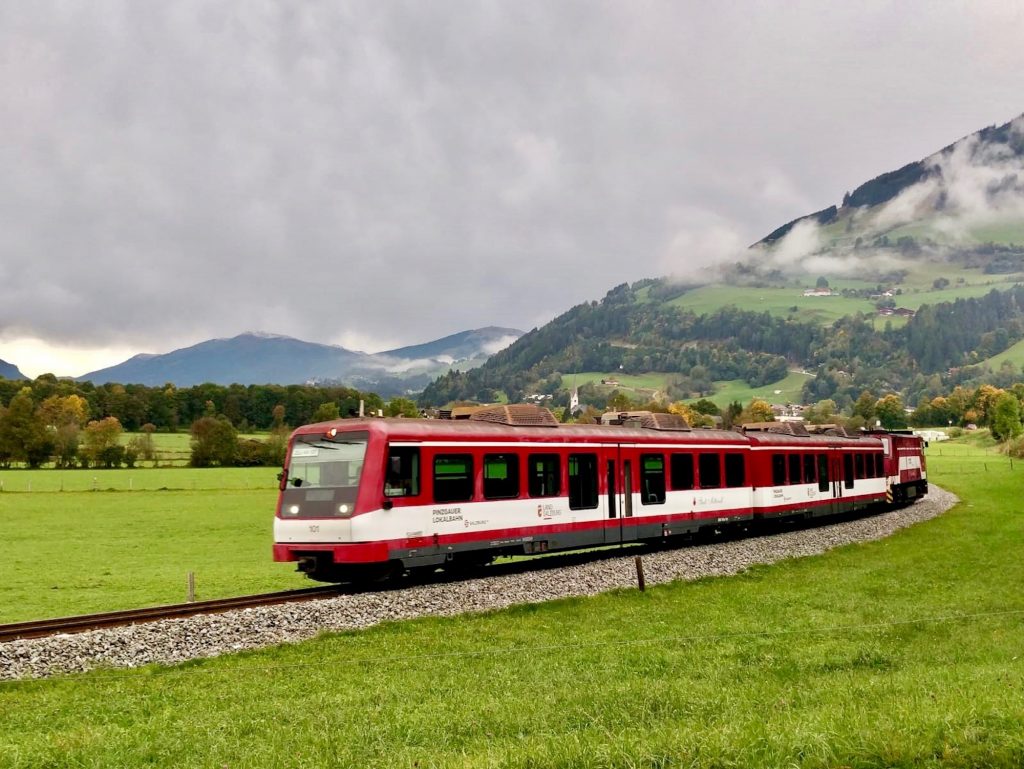

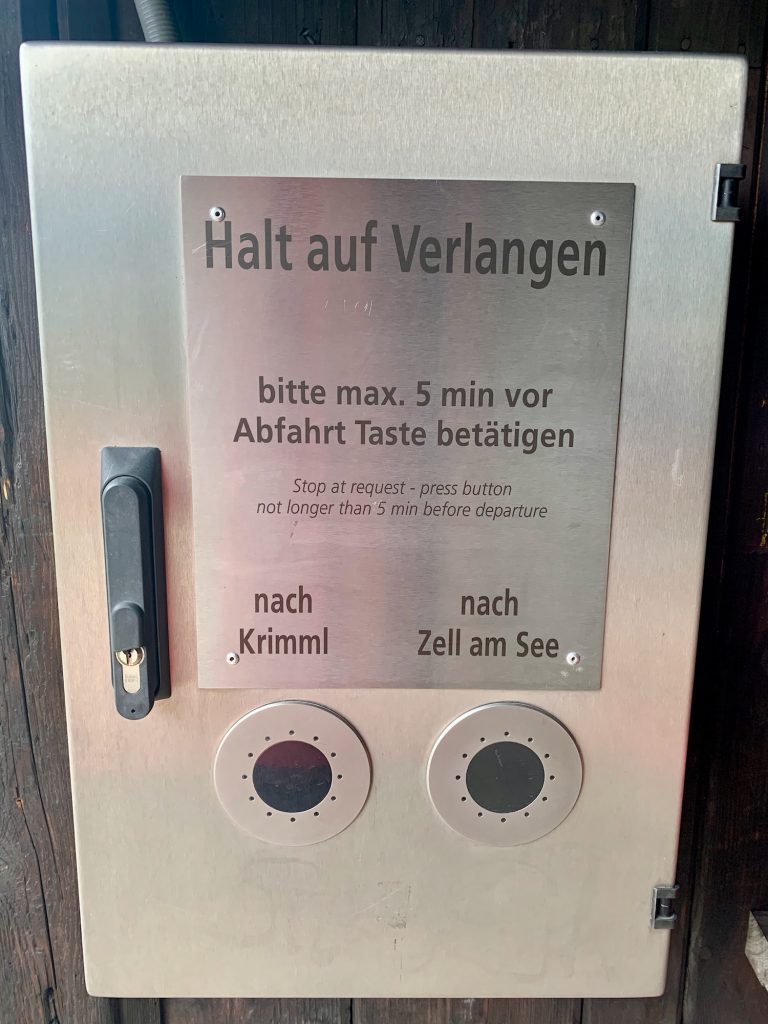
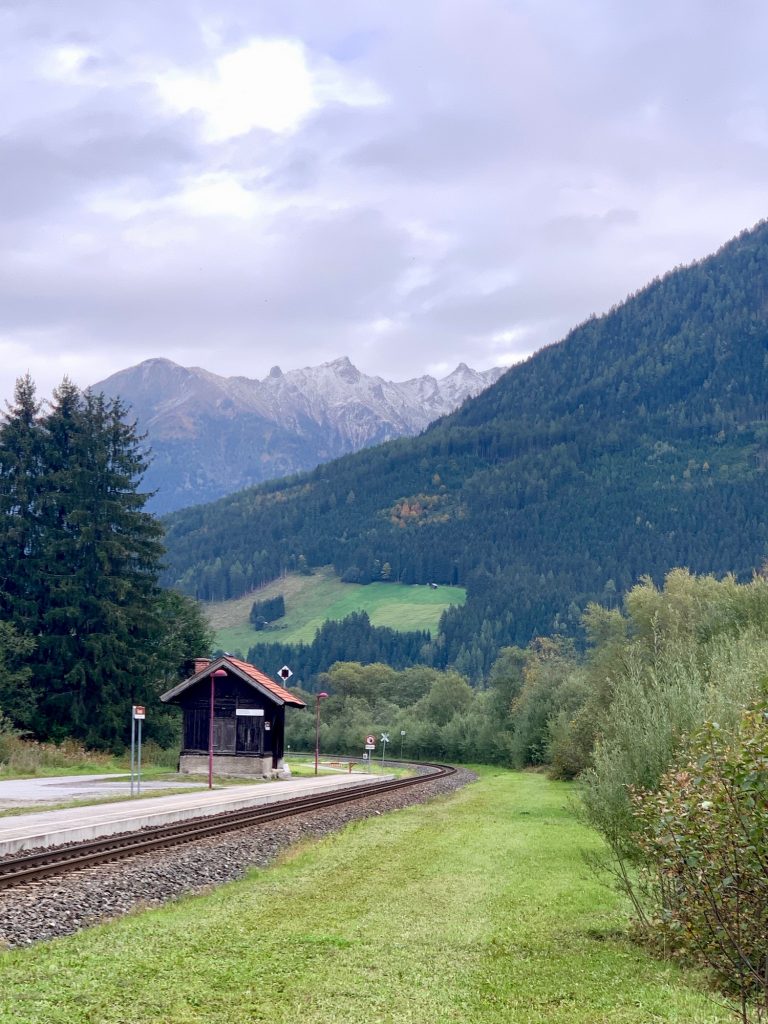
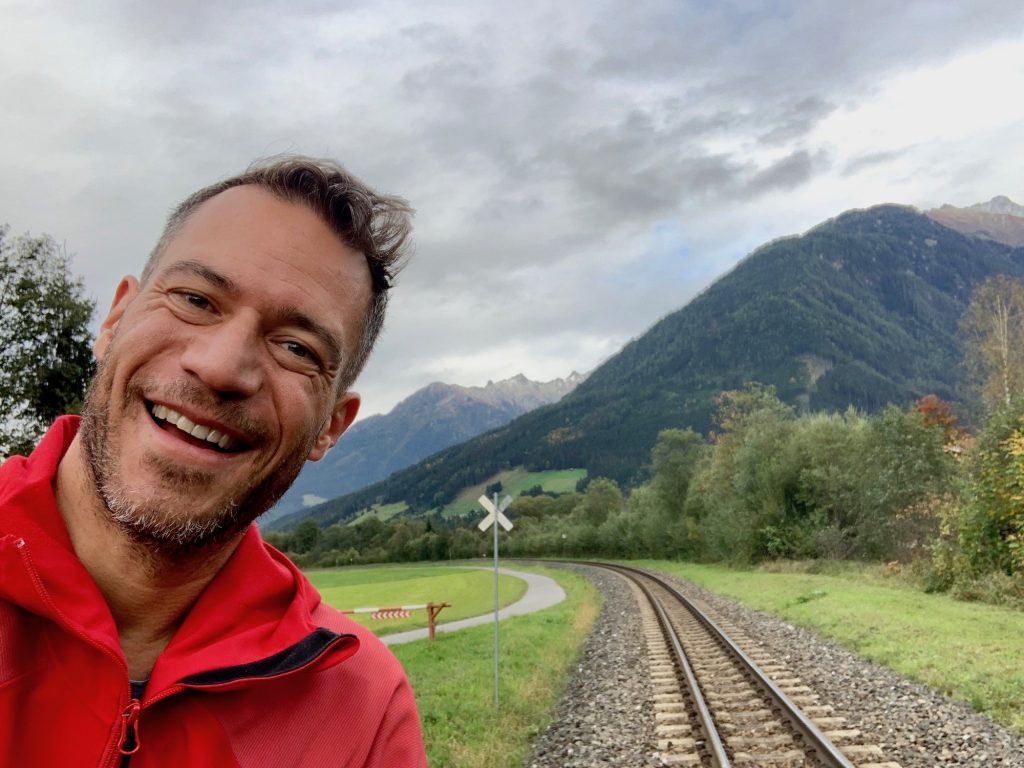
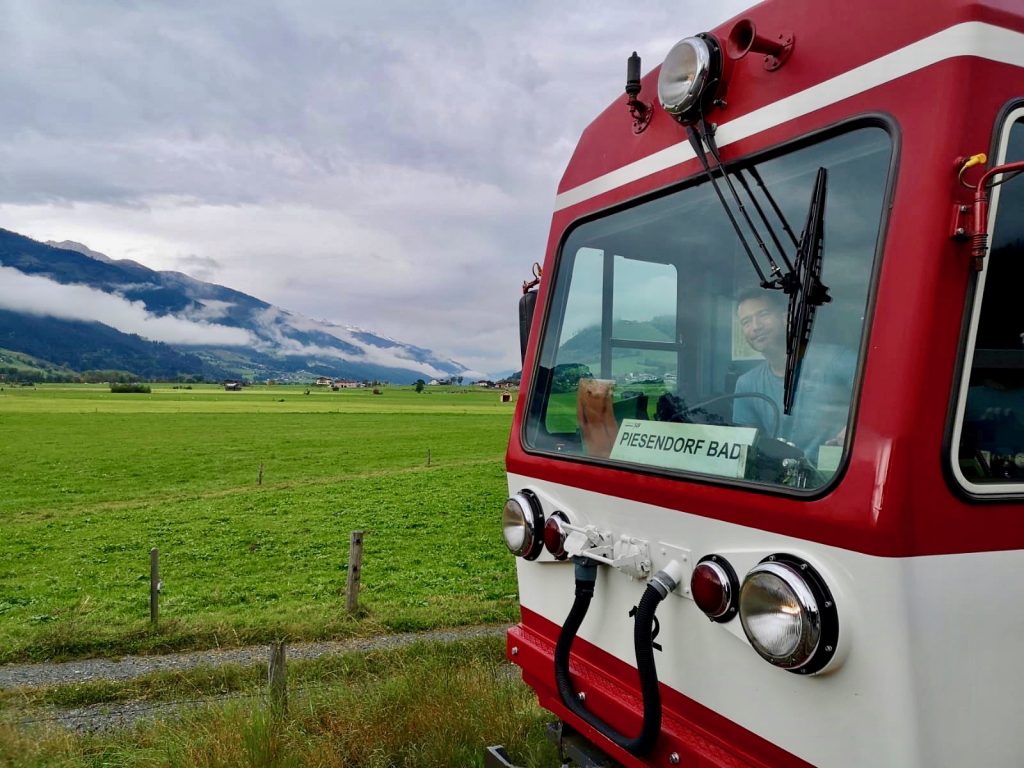
Leave a Comment